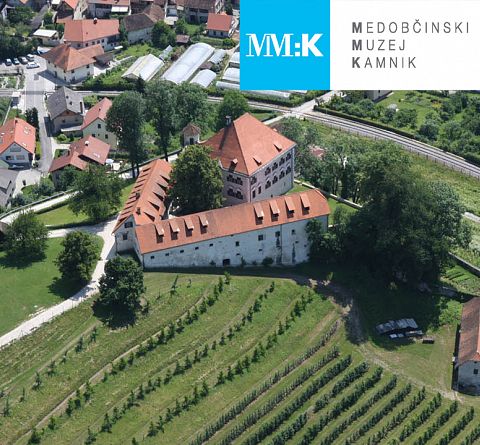The Intermunicipal museum Kamnik in 2023
In 2023, we have prepared an interesting exhibition program for you in the Kamnik Regional Museum, which follows current topics, such as interesting events in the past, anniversaries of individuals, interesting stories about museum objects. In 2023, the main exhibition is interdisciplinary and will show Kamnik and life in the 1960s. Of course, the museum is also an open space for meetings and contacts between visitors and the material we keep, both in the form of regular monthly museum evenings and events such as open house days, museum summer night, DEKD and others.
NEW EXHIBITIONS IN 2023
KAMNIK MUNICIPALITY
Museum – Zaprice Castle
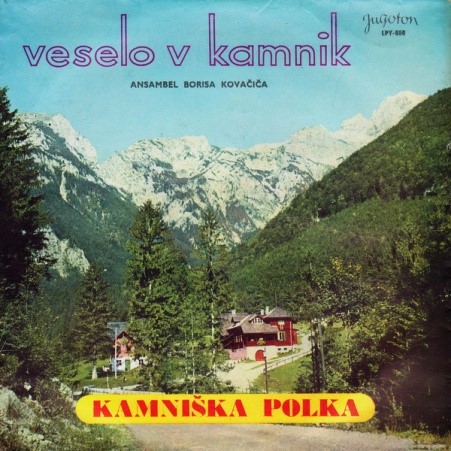 HAPPY TO KAMNIK. 60s of the 20th centuries
HAPPY TO KAMNIK. 60s of the 20th centuries
Author: Marko Kumer
Collaborators: Saša Bučan, Zora Torkar
June 2023
The exhibition will encompass all segments of life in the area of a medium-sized Yugoslav city, naturally placed in global time and space. This time, the stone industry will be included in the exhibition project through its recognizable products or lifestyle trends generated by their production. The central part of the exhibition will be the fashion and creations of the master Ivan Debevec, as well as the products of factories Svit, Svilanit and Utok. We will also focus on topics such as School between ideology and objective profession, socio-political action and ideology, Culture, free time and spaces for sociability, Sport and chess and the lifestyle. In cooperation with the members of the study group Once upon a time it was in Kamnik.
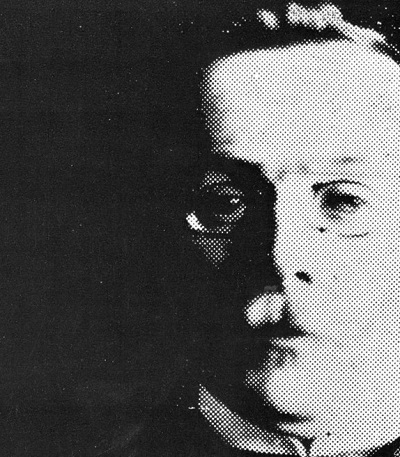 MUSEUM OF JOSIP N. SADNIKAR
MUSEUM OF JOSIP N. SADNIKAR
On the occasion of the 130th anniversary of the establishment of the Sadnikar Collection and the 160th anniversary of the birth of Josip N. Sadnikar
Authors: Janja Železnikar, Zora Torkar
June 2023 – May 2024
The first museum collection in Kamnik was founded in 1893 by the collector, patron, veterinary surgeon by profession, Josip N. Sadnikar. It was also the first private museum collection in Slovenia that was open to the public. In the 1960s, he collected around 4,000 objects, and at the time of his death in 1952, it was one of the largest collections of its kind. In his museum, archaeological objects, objects for purely everyday use, special features and valuables, such as books, manuscripts, archival documents and a gallery of precious fine art, found a place.
In 1950, the Institute for the Protection of Cultural Monuments of Slovenia issued a decision on the protection of Sadnikar’s unique museum collection. The municipality of Kamnik even planned to buy the entire house with the collection. However, economic problems in the municipality did not allow the plan to be implemented. A decision was made to purchase only a part of the objects for the new museum in Zaprice, founded in 1961. With the help of external appraisers, specialists for individual types of material, objects that were connected to the stone area by their origin, use or location were selected and purchased. Thus, in 1964, 1,468 items were purchased.
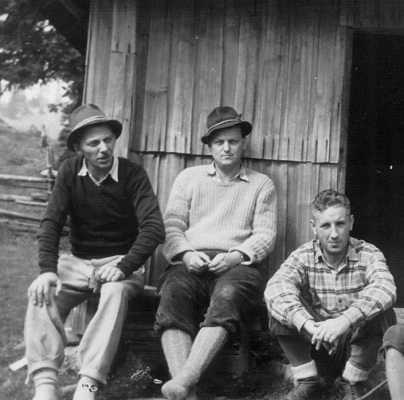 From the family archives – VLASTO KOPAČ – 110 YEARS
From the family archives – VLASTO KOPAČ – 110 YEARS
Author: Janja Železnikar
Participants: Mojca Kopač, Institute for Slovenian Ethnography ZRC SAZU, France Malešič
Andreja Humar Gruden
June 2023
Vlasto Kopač was born on June 3, 1913 in Žiri. Although he was not from Kamnik, he left an extraordinary mark in this area. His heritage and legacy are mainly at the Velika planina cottages, which, even as an employee of the Institute for Monument Protection, he protected and tried to protect from possible destruction and oblivion. He was an architect, designer, illustrator, mountaineer and rescuer. Our museum has Kopač’s rich collection of Velika planina ethnological heritage, as well as some of his plans and photographs. On the occasion of the 110th anniversary of his birth, we would like to shed light on his life and work, and especially his invaluable contribution to preserving the heritage of Velika planina and the Kamnik’s Alps, in a half-hour video. In addition to the film, we will also release a leaflet in which we will briefly shed light on its importance and merits.
Gallery Miha Maleš
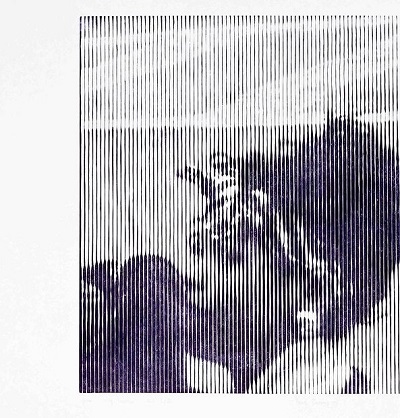 LOOKING BACK – 5 years of the View gallery
LOOKING BACK – 5 years of the View gallery
Author: Saša Bučan
June 2023
The group exhibition will present the work of gallery View, an important boutique gallery for Kamnik, from its foundation to the present day. View Gallery presents at least 5 art exhibitions of contemporary Slovenian and Slovenian artists every year. As many as 30 names from the art world will be on view, which have characterized the Slovenian art scene in recent times, for some of whom the exhibition in the View gallery was their first independent presentation and also a springboard for their future work. A more comprehensive catalogue will also be published in advance of the exhibition, which will be presented at the opening of the exhibition. Artist guides and workshops co-created by the authors who will participate in the exhibition are planned.
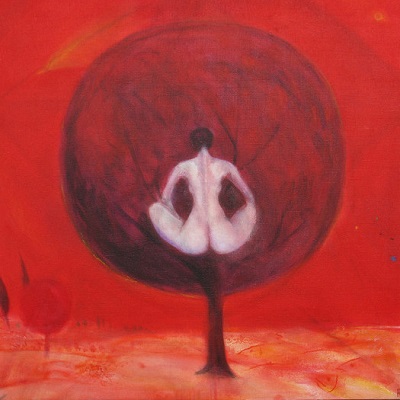 Rok Zelenko PICTIA
Rok Zelenko PICTIA
Author: Saša Bučan
October 2023
Rok Zelenko, a painter, originally from the Zelenko-Rauter artistic family, remained loyal to the European figurative artistic expression, in his motifs, which are very diverse, we recognize a thorough knowledge of past and contemporary art movements, where he treats heritage and modernity as equal aspects of the same reality, as well as the author’s mature and thoughtful response to them, with high artistic awareness and excellent control of the flurry. In every respect, his works are rich visual sensations, images in which reality and imagination intertwine. His oeuvre is partly in Slovenia, partly in Croatian Istria, and many works are scattered around the world. In addition to his home country and Croatia, he had more important exhibitions in Waterloo (Belgium), Milan, Munich and Berlin, where several of his works can be found.
At the exhibition, he will present paintings, most of them in the acrylic technique, which have been created since the 1980s. Through them, he expresses his attitude to physics and metaphysics: erotica, mythology, religion and philosophy. The exhibited works are from the cycles “Red”, “Myth”, “Memories from a Dream” and “Genesis”, published in the monograph “Pictia”.
 MIHA MALEŠ – 120
MIHA MALEŠ – 120
Gallery Miha Maleš
February 2023
Author: Saša Bučan
Associate: Marko Kumer
On the occasion of the 120th anniversary of the birth of the painter and printmaker Miho Maleš (and also in memory of his recently deceased daughter Travica), we will temporarily change part of his permanent exhibition with the aforementioned theme. Also, a memorial evening, screening of a documentary film.
Gallery View
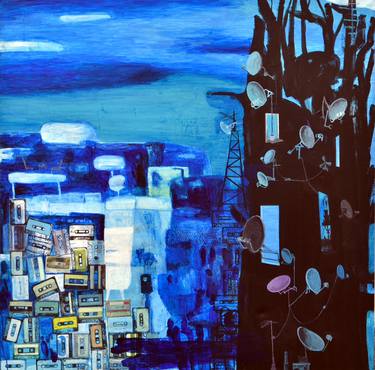 PROJECT MODERNITY
PROJECT MODERNITY
Gallery View
The whole year 2023
Author: Saša Bučan
In the View gallery, we present a variety of visual art, which includes exhibitors from the entire Slovenian area. The gallery council selected five authors from among the registered artists in the call for 2023. They present themselves at the call with their projects and portfolios. They are: Andrej Perko, Veronika Vesel Potočnik, Jasmina Nedanovski, Jur Samec and Mlada grafika (group exhibition of young graphic artists).
Birthplace of Rudolf Maister
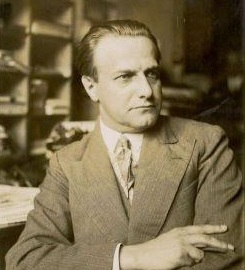 Andrej Perko, FRANCE KOBLER’S MEMORIES OF THE FIRST WORLD WAR
Andrej Perko, FRANCE KOBLER’S MEMORIES OF THE FIRST WORLD WAR
January 2023
Authors: Saša Bučan, Alenka Juvan
Andrej Perko will present an exhibition in the Birth House of Rudolf Maister, which is related to the field of war and is related to the father of the artist’s wife, dr. France Kobler, a classical philologist, who tirelessly recorded his thoughts during the time he was a participant on the battlefields of the First World War in the Austro-Hungarian army.
 Maister: from virtual to real path/From virtuality to reality
Maister: from virtual to real path/From virtuality to reality
May 2023
Co-author and coordinator: Alenka Juvan
After the virtual presentation of Maister’s route online (rudolf.maister.si) and the Maister geohunt on the route, in 2023 we are planning a real Maister’s route through Slovenian places connected with the life and work of Rudolf Maister. As before, we would cooperate with 15 Slovenian museums, archives and libraries in coordination with the Birth House of Rudolf Maister. Each institution would contribute two subjects or documents and also a story about them. Thus, virtuality would point to reality and reality to virtuality. To this part, we could add the experiences and adventures of geohunters who will look for treasures on the Maister Geolove along the way.
KOMENDA MUNICIPALITY
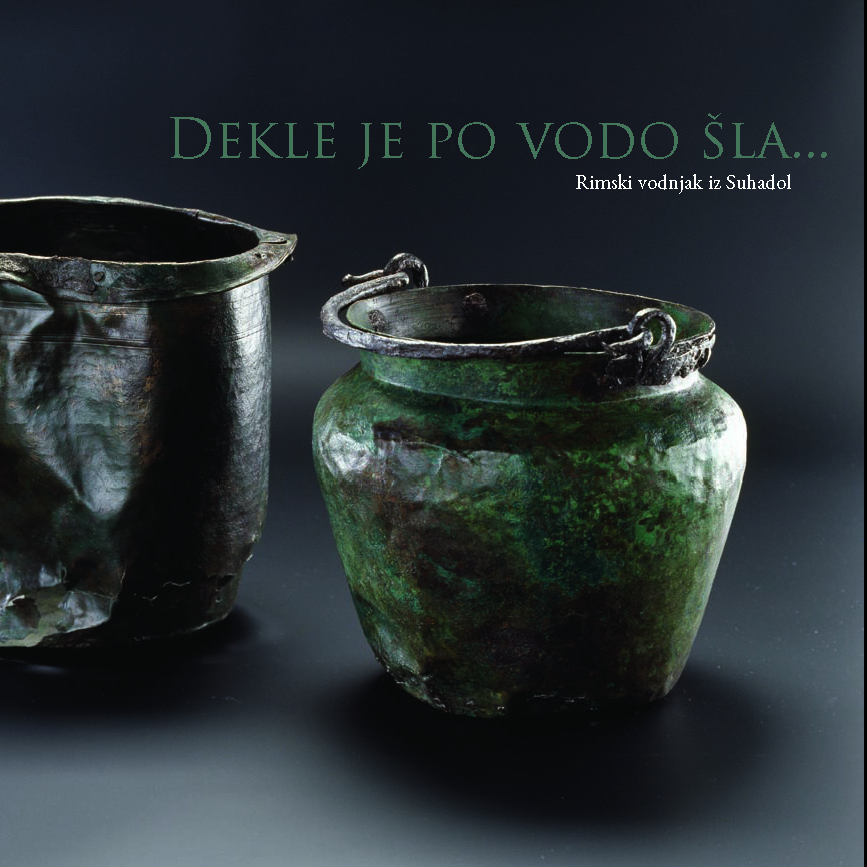 From the depths of the Suhadole Roman well
From the depths of the Suhadole Roman well
June 2023
Author: Janja Železnikar
Exhibition along the school route
In 2000, a Roman well was discovered on Ana Petrič’s plot in Suhadole next to the construction pit for the new house. When the well was emptied, archaeologists found that it was built at the beginning of the 1st century AD. It measured 1.20 m and reached a depth of almost 10 m. Various finds lay in the well: pottery jugs, wooden and metal buckets, animal bones, fragments of vessels, tools, parts of clothing and parts of various equipment, which tell us stories about the way of life, work, fashion and more of the inhabitants of this region in Roman time.
At the panel exhibition, we will present the plans of the Roman well, the objects that were found in it, we will reconstruct the costume of that time, and the supposed Roman villa rustica, of which the well was supposed to be an integral part.
TRZIN MUNICIPALITY
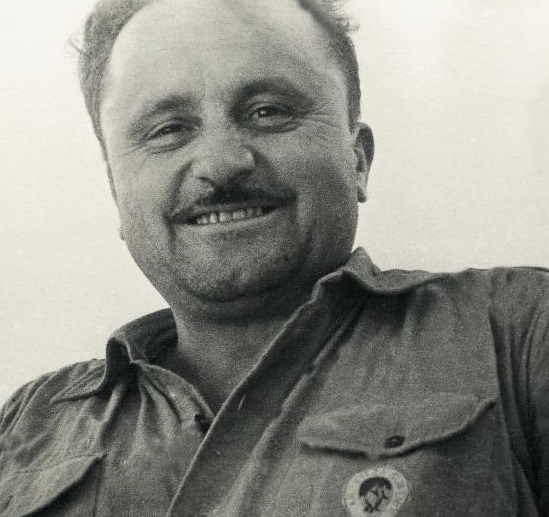 TINE OREL – 110
TINE OREL – 110
Center Ivan Hribar Trzin
Author: Zora Torkar
Associate: Tanja Orel Šturm
February 2023 On the 110th anniversary of the birth of Trzin compatriot Tine Orel (1913-1985), his life and work will be presented at a permanent exhibition in the Ivan Hribar Center in Trzin. The material is kept by his daughter Tanja Orel Šturm.
Tine Orel was born on February 9, 1913 in Trzin. After finishing middle school in Ljubljana and classical high school in Šentvid, he graduated with honors in Slovenian and French at the Faculty of Arts. He began his professional career in 1938 as a professor of Slovenian at the Celje grammar school and then until 1963 as principal. In 1963, after a short period of service at the Tourist Association of Slovenia, he got a job at the Institute for Educational and Pedagogical Services. As an independent consultant for textbooks at the Secretariat of the Slovak Republic for Education and Culture, he came to the Institute of Education of the Slovak Republic in 1970 and headed the department for textbooks for primary and secondary schools there, and was also a member of the commission for professorial examinations. From 1972 until his retirement in 1977, he was employed at the Pedagogical Academy of the University of Ljubljana as a professor at the Department of Slovenian for the subject Culture of Written and Oral Tradition. He was also a devoted mountaineer, alpinist and for many years the editor of the Mountain Herald. Also, publicist, critic, theater artist, cultural and tourism worker.
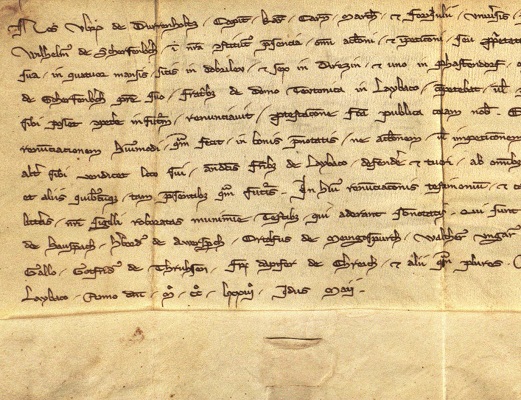 TRZIN – 750 YEARS IN DOCUMENTS
TRZIN – 750 YEARS IN DOCUMENTS
Center Ivan Hribar Trzin
May 2023
Author: Jernej Kotar
Coordinator: Janja Železnikar
On May 15, 2023, the municipality of Trzin celebrates the 750th anniversary of the first mention of Trzin in documents known to date.
The settlement of Trzin can be placed between the 11th and 13th centuries. The first landowners were the Bavarian counts of Andecs-Merano, who managed huge estates with the help of ministerials. The center of their estates in Carniola was Kamnik. In the middle of the 13th century, the Andecs family dies out in the male line. In the Trzin area, they were succeeded by the Sviben noble family and the Ljubljana Commandery of the German Order of Knights. The Sviben family are also mentioned as owners of market farms in the oldest known document. A document written in Ljubljana dated May 15, 1273 talks about farms in Trzin.
On this occasion, we will present to the public the oldest documents with mentions of Trzin, from the first year 1273 to the year 1500, in the catalog and on billboards. Documents stored in various archives need to be collected, transcribed and translated. At the same time, expert comments are also made. By publishing documents in the catalog or the publication thus preserves the collection of the oldest documents for all subsequent generations, and it is also important for the history of Trzin and the municipality itself.



